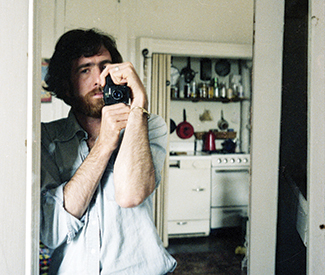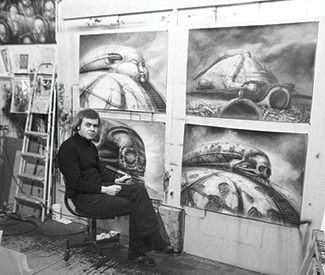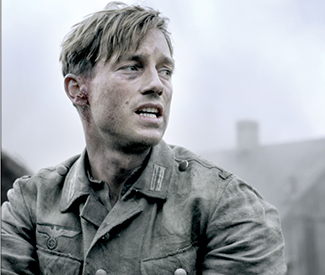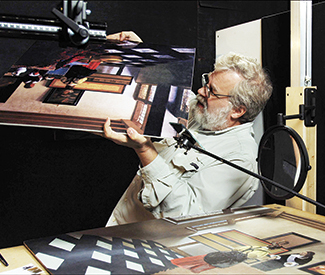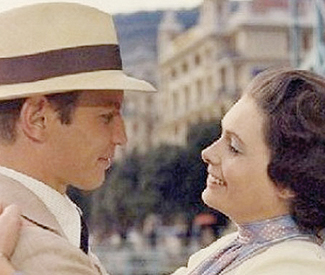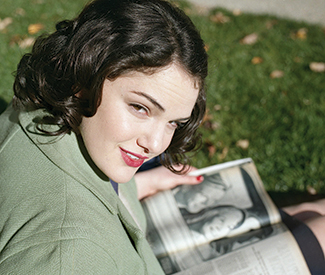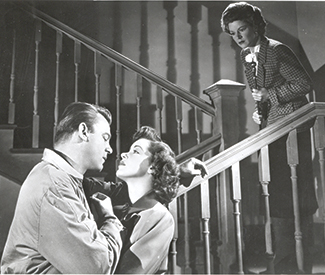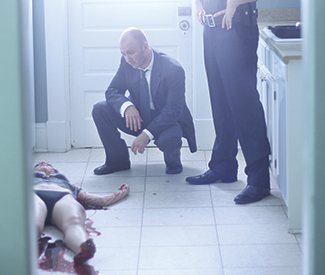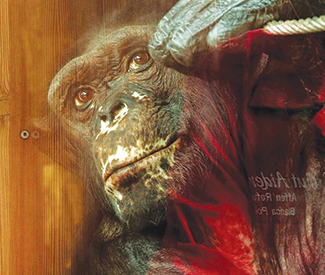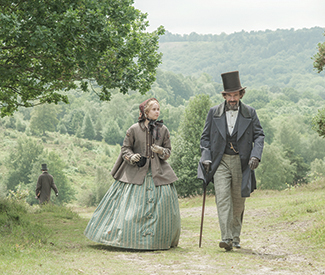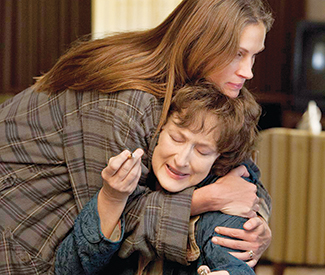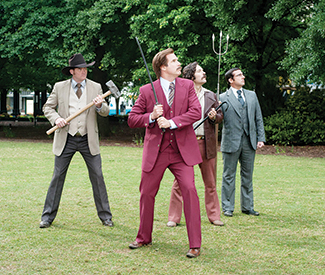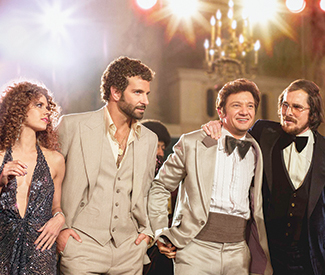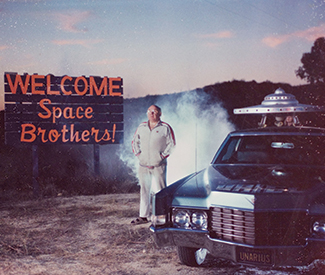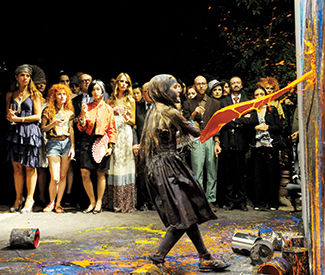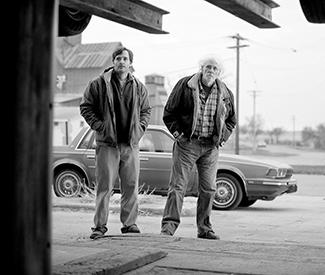cheryl@sfbg.com
FILM It’s been nearly 30 years since documentarian Ross McElwee made Sherman’s March — usually written without its lengthy, if accurately descriptive, subtitle: A Meditation on the Possibility of Romantic Love In the South During an Era of Nuclear Weapons Proliferation. It picked up the Grand Jury prize at Sundance in 1987, years before the festival became a career-maker for the likes of Steven Soderbergh (whose Sex, Lies, and Videotape premiered at the 1989 fest). If McElwee didn’t go on to become a household name, he did begin his Harvard teaching career during the Sherman’s March era. He currently holds the title “Professor of the Practice of Filmmaking” — a suitably important job for an artist whose practice has informed the work of countless filmmakers over the past three decades.
Two of McElwee’s key works, along with short films by his Harvard colleagues, make up “Afterimage: Ross McElwee and the Cambridge Turn,” a three-day Pacific Film Archive series that has McElwee in conversation with author Scott MacDonald (American Ethnographic Film and Personal Documentary: The Cambridge Turn). Sherman’s March is not included, but Backyard (1984) ably demonstrates his trademarks: first-person voice-over (delivered in his unmistakable Carolina drawl); turning the camera on friends and family, most of whom are willing subjects; and crafting a plot of sorts out of a personal journey. (At 40 minutes, Backyard was presumably easier to program than Sherman’s March, which runs 155.)
His most recent feature, 2011’s Photographic Memory, retains all of these characteristics; it also incorporates cinema verité footage first glimpsed in Backyard. The films are ideal companion pieces. Both address father-son relationships, with a focus on the son’s lurching entry into adulthood. In Backyard — shot in the summer of 1975, when McElwee was on summer break from his filmmaking grad program at MIT — the artist documents his brother Tom’s preparations for medical school, a career choice that delights his conservative, Southern-gentleman surgeon father. To his other son, the one with scraggly long hair and a camera attached to his face, Dr. McElwee admits, “I’ve resigned myself to your fate.”
Backyard can also be read for its themes of race in the mid-1970s South, where segregation is still a way of life, and its exploration of grieving, since at the time of filming McElwee’s mother had recently died. It’s as multilayered as the many lives it captures, in a time when filming people just going about their everyday business was pretty uncommon. Dr. McElwee, for one, wonders why his son is wasting expensive film shooting his father puttering around the yard. Back then, home movies were just that — certainly not made for public consumption, and the relaxed demeanor of McElwee’s subjects bears this out.
By contrast, Photographic Memory — one of 16mm devotee McElwee’s first ventures into digital filmmaking — is very much a product of the 21st century. The son from Backyard is now the father, fretting over his own directionless son, Adrian. We see Adrian (in footage no doubt repurposed from earlier McElwee films) as an adorable kid, calling his father “Da-da” and comfortably emoting in front of the lens. Present-day Adrian, an emo 21-year-old, is a glowering poster child for the Selfie Generation, forever tapping on his phone, slurping on iced coffee, and giving off an air of unearned superiority. He avoids eye contact. He’s no longer interested in being filmed, unless he — a budding filmmaker himself — is the one calling the shots. “What makes me think he’s hearing anything I say?” McElwee wonders after trying, and failing, to break through.
At wit’s end, McElwee digs up old journals and photographs from his early 20s, pre-Backyard, when he took a year off college to bum around France (his father was, naturally, aghast). There, he met a charismatic man who became his photography mentor, and a woman with whom he had a significant affair. “It’s admittedly painful to try and penetrate the purple haze of my prose,” he says over a scene where he flips through his youthful scrawlings as his son holds the camera. “I feel a little embarrassed at showing Adrian these pages.”
Admitting embarrassment is a dying art in these narcissistic times (Ugly photo? Just throw a filter over it! Made a mistake? Blame the haters!) — and it’s one reason why McElwee’s films resonate so powerfully. He’s keenly self-aware in a way that’s refreshingly old-fashioned. He knows when to let his images do the talking, and when to let forces beyond his control steer his narrative. There’s much to take in when he returns to sea-swept Brittany, a place he’s romanticized in his memory. “The whole experience was so … French,” he wryly notes, realizing how vague and clichéd that sounds.
As McElwee immerses himself in the scenery he’s dreamed of for decades, he reflects on what kind of person he was back then. Turns out the atmosphere awakens the essence of his younger self far better than his old photos, which are filled with places and faces he doesn’t recognize. (If only he’d had a movie camera back then!) If the stealth mission of his trip is to grasp onto something, anything, that will help him relate to his moody son, it goes mostly unfulfilled — witness a Skype conversation between the US and France, as cluttered with technological difficulties as it is attitude problems.
But there are no tidy endings in McElwee films, because that’s how life is. In the last scene, it’s revealed that Adrian has decided to attend film school, mirroring Tom McElwee’s decision to follow in his father’s footsteps. Is there another McElwee legacy in the making? Stay tuned for the inevitable next chapter. *
“AFTERIMAGE: ROSS MCELWEE AND THE CAMBRIDGE TURN”
March 30-April 2, $5.50-9.50
Pacific Film Archive
2575 Bancroft, Berk
bampfa.berkeley.edu

